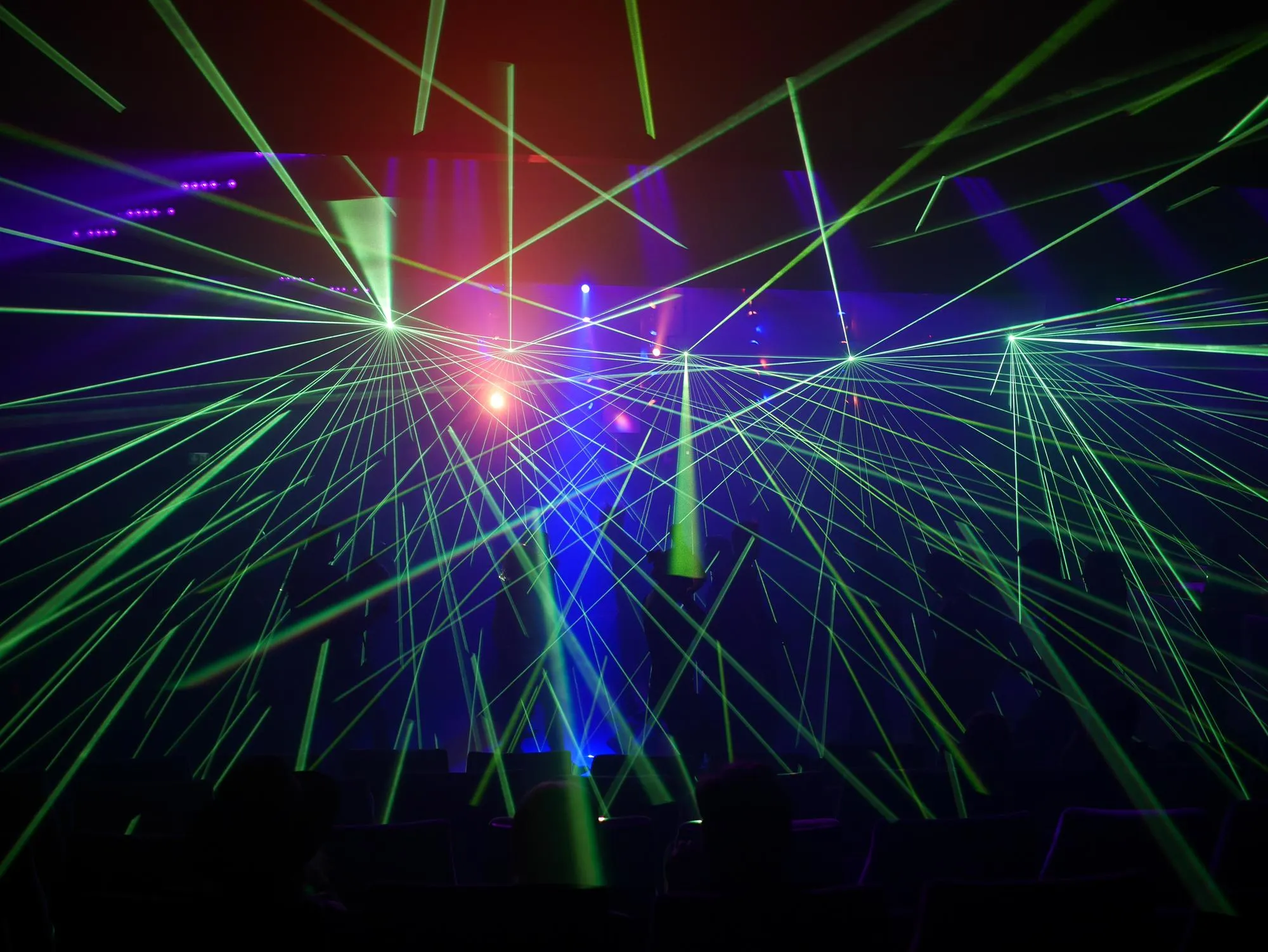Keywords
1. Spectral Cleaning
2. Seeded Free-Electron Laser
3. X-Ray Coherence
4. Laser Physics
5. Slippage Effect
Researchers from the Shanghai Advanced Research Institute, under the Chinese Academy of Sciences, have made a significant leap forward in the domain of laser physics. Their recent work, published in Scientific Reports, unveils a novel approach to enhancing the temporal coherence of X-ray radiation pulses produced by seeded free-electron lasers (FELs). This advancement holds the potential to catalyze numerous applications ranging from materials science to biology.
The groundbreaking technique, characterized as “Slippage Boosted Spectral Cleaning,” addresses a predominant challenge in laser technologies: achieving fully coherent light in the extreme ultraviolet to X-ray region. Traditional methods for generating intense X-ray radiation via modern single-pass free-electron lasers encounter an inevitable downside—the output radiation pulses are plagued with noisy spectra and limited temporal coherence due to the amplification starting from electron noise.
Harmonic Up-Conversion: A Double-Edged Sword
In an attempt to produce stable transform-limited pulses, scientists have turned to harmonic up-conversion techniques, where a conventional laser acts as the seed. Despite initial success, this method has its shortcomings. The phase error of the seed laser, although seemingly insignificant, gets multiplied by the harmonic number, leading to a severe degradation of the output temporal coherence at X-ray wavelength. Removing these artifacts becomes crucial for the utilization of FELs in precision applications.
Turn the Tides with Slippage Boosted Spectral Cleaning
Lead researcher Feng Chao and his team at the Shanghai Advanced Research Institute formulated an experimental solution to mitigate the effects of seed laser-induced phase errors and to improve the temporal coherence significantly. The innovative technique employs the concept of “slippage,” where the radiation slips forward relative to the electron bunch that drives it. By making precise adjustments to this slippage, the team managed to develop a spectral cleaning process that could effectively iron out the phase errors—paving the way for generating fully coherent X-ray radiation pulses.
The Experiment: Methods and Discoveries
The experiment outlined in their DOI: 10.1038/s41598-019-43061-5, demonstrated the slippage boosted spectral cleaning technique’s ability to improve temporal coherence in a seeded FEL setting with significant seed laser phase errors. This experimental evidence bolstered the viability of their approach in practical scenarios.
The researchers’ findings were supported by numerous funding sources, including the National Natural Science Foundation of China and the Youth Innovation Promotion Association of the Chinese Academy of Sciences, indicators of the project’s high scientific value and anticipation for its impact.
Implications and Future Directions
The Shanghai Advanced Research Institute’s discovery, published in May 2019, opens the door to more stable, reliable, and precise X-ray sources for a wide range of fields. This technique can significantly improve spectroscopy, diffractometry, and microscopy, among other applications where X-ray generation plays a critical role.
Beyond practical applications, this research provides a foundational step for future exploration into other types of light sources and wavelengths. The principle of slippage boosted spectral cleaning may find analogous applications across different fields of photonics and beam science, warranting further investigation and collaboration among the global scientific community.
Conclusion
The slippage boosted spectral cleaning technique marks a milestone in laser physics. By offering a way to mitigate phase errors and enhance the temporal coherence of X-ray pulses, Feng Chao’s team has developed a method that may revolutionize the way we generate high-quality, coherent X-ray radiation. Their work exemplifies the relentless pursuit of scientific exploration and the potential for innovation when confronted with the challenges inherent in cutting-edge research.
References
1. Feng, C., et al. (2019). Slippage boosted spectral cleaning in a seeded free-electron laser. Scientific Reports, 9(1), 6960. doi: 10.1038/s41598-019-43061-5
2. Spielmann, C., et al. (1997). Generation of coherent X-rays in the water window using 5-femtosecond laser pulses. Science, 278(5338), 661–664. doi: 10.1126/science.278.5338.661
3. Takahashi, E.J., et al. (2008). Coherent water window X-ray by phase-matched high order harmonic generation in neutral media. Physical Review Letters, 101(25), 253901. doi: 10.1103/PhysRevLett.101.253901
4. MacGowan, B.J., et al. (1992). Short wavelength X-ray laser research at the Lawrence Livermore National Laboratory. Physics of Fluids B, 4(7), 2326–2337. doi: 10.1063/1.860203
5. Ackermann, W., et al. (2007). Operation of a free-electron laser from the extreme ultraviolet to the water window. Nature Photonics, 1(6), 336–342. doi: 10.1038/nphoton.2007.76
Additional Information
The authors of the study declare no competing interests, ensuring the integrity of their scientific contribution. The aforementioned experiment not only adds considerable knowledge to the field of laser physics but also showcases the continuous research and development efforts in photonics spearheaded by institutes such as the Shanghai Advanced Research Institute. The work underlines China’s growing significance in advancing the frontiers of scientific inquiry and technological innovation.
